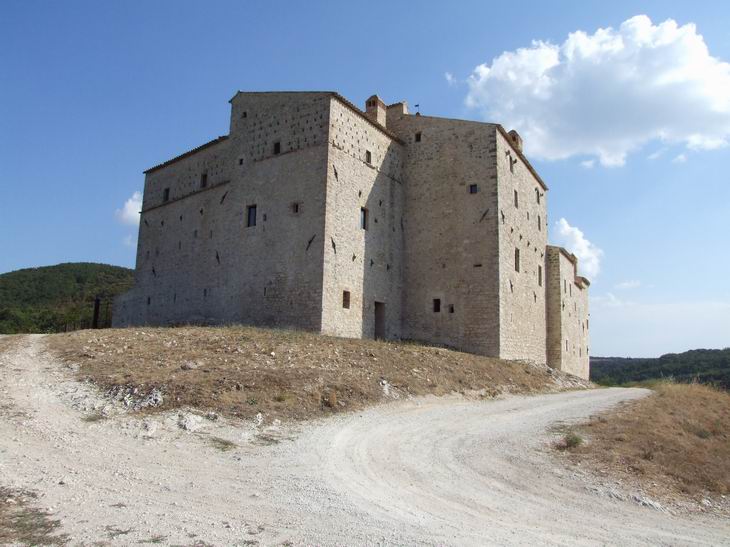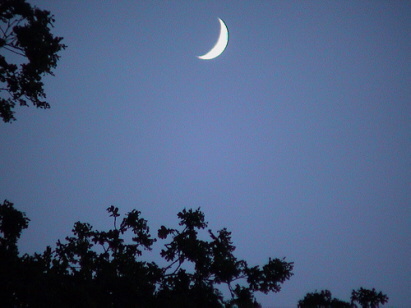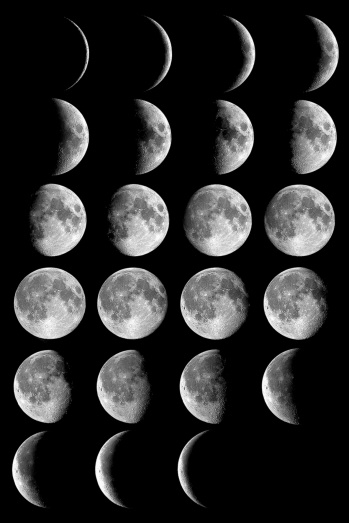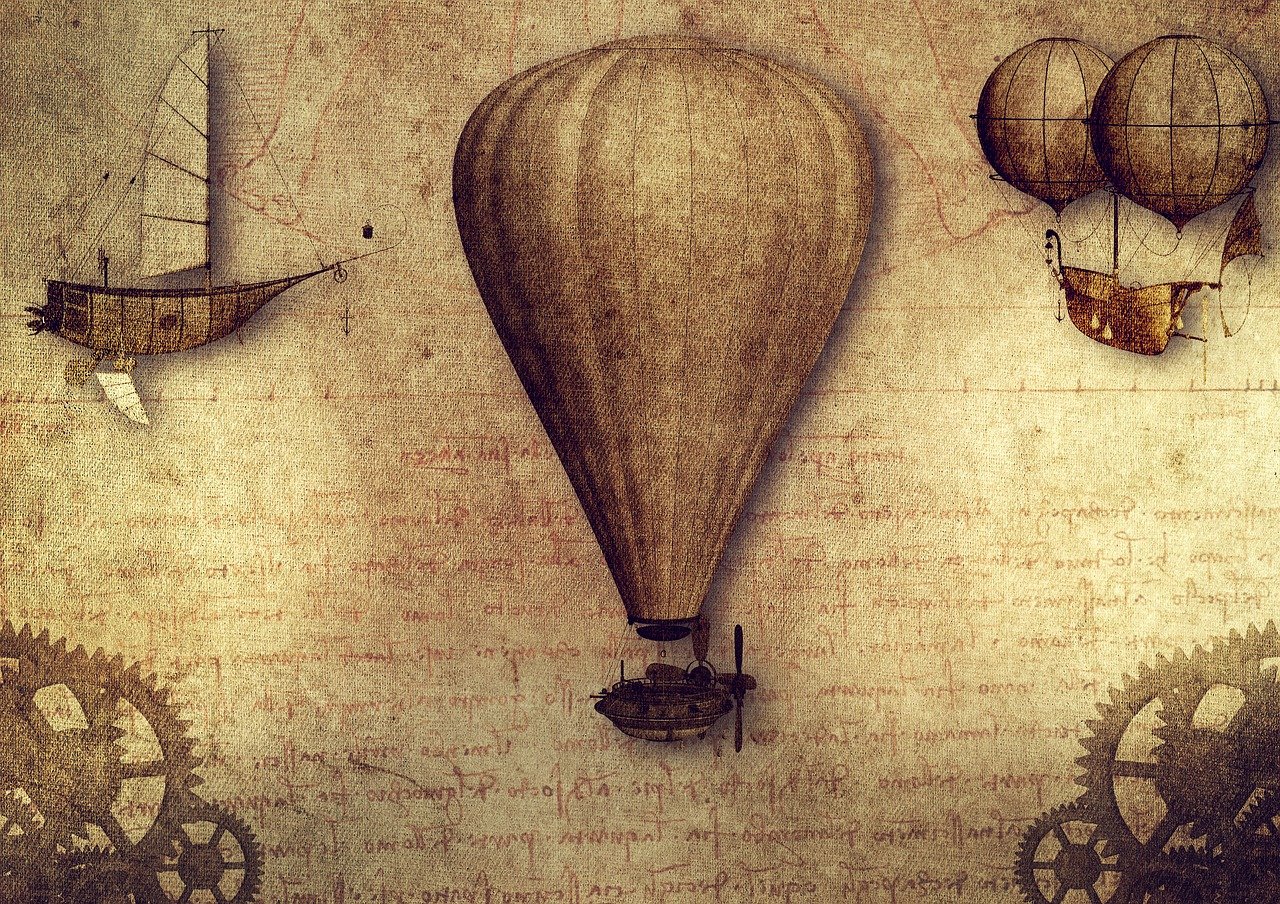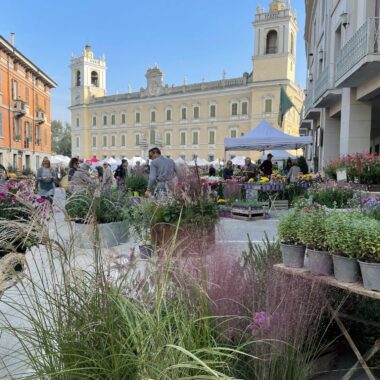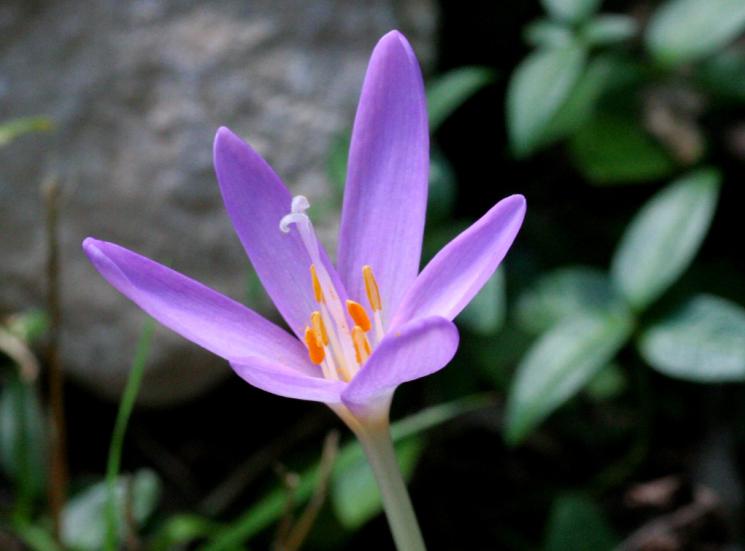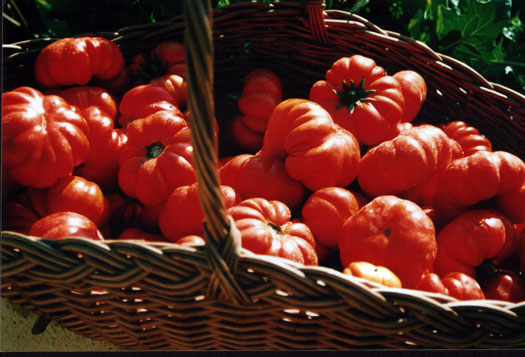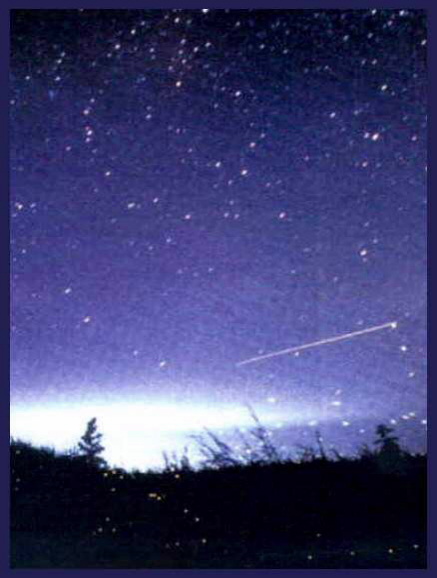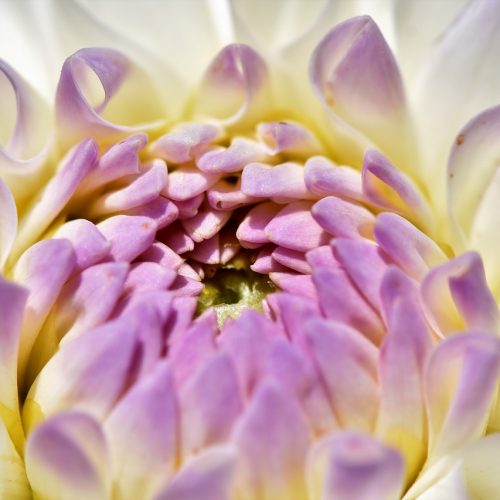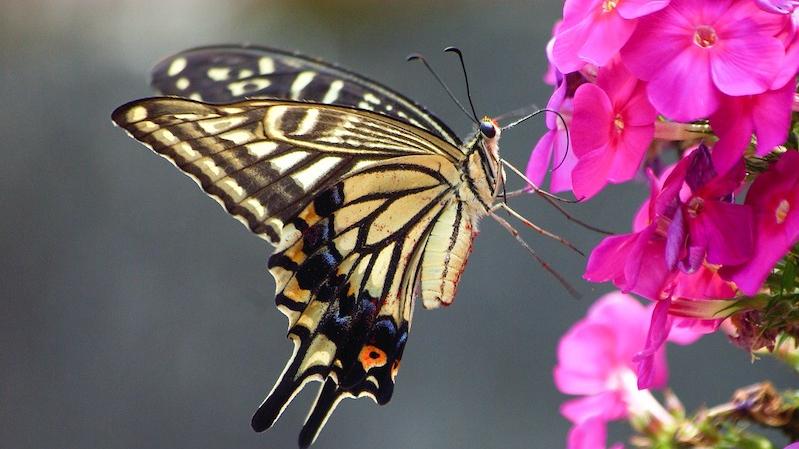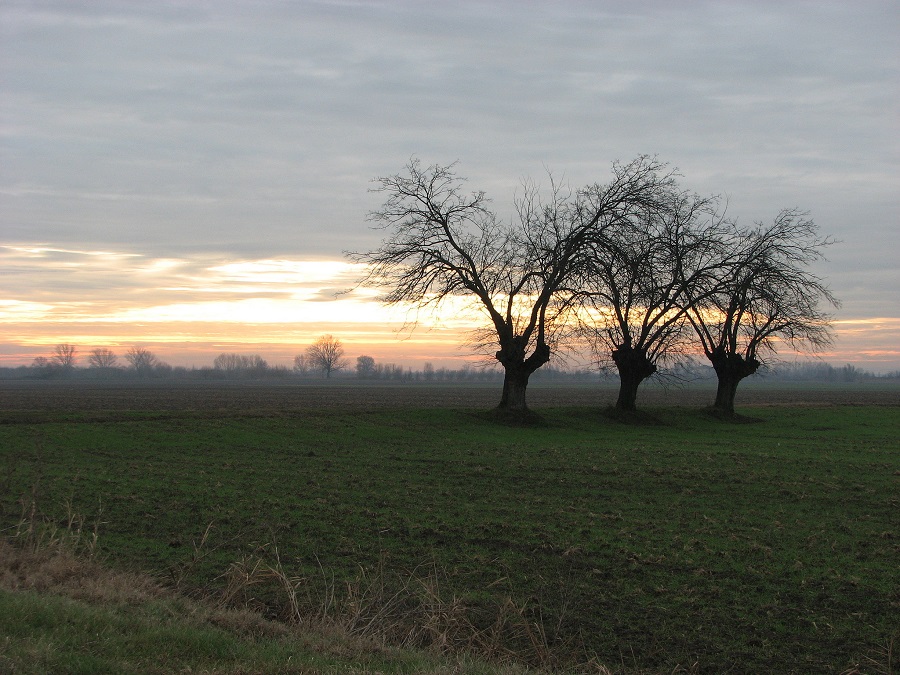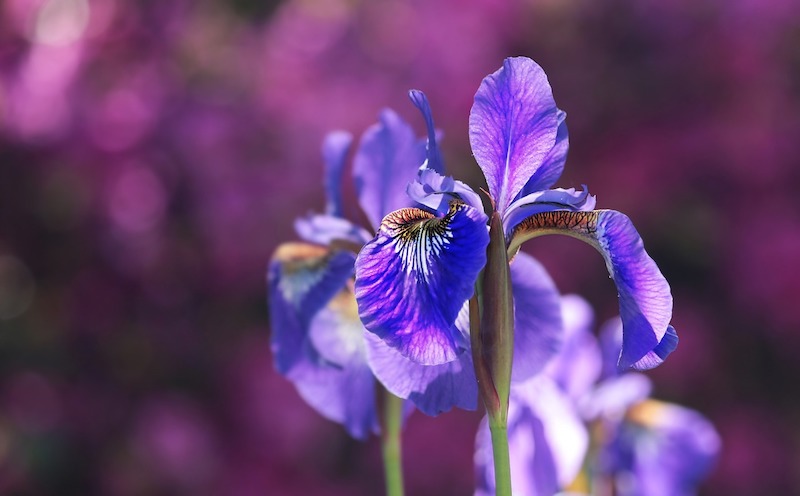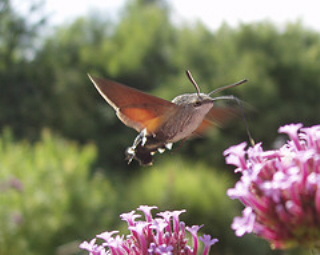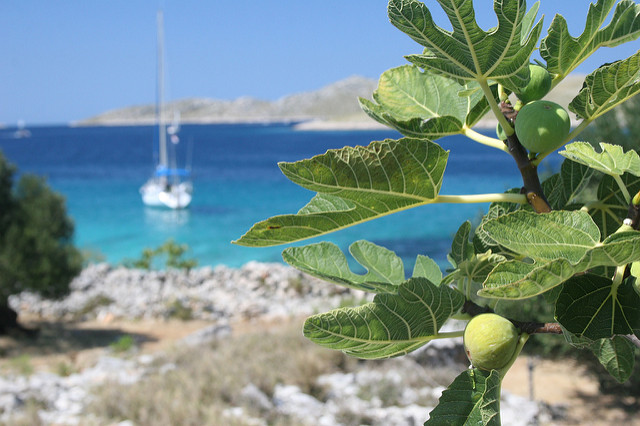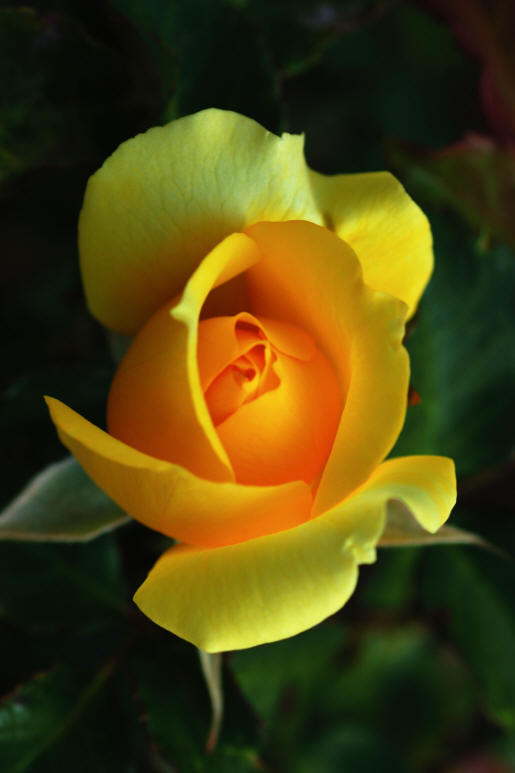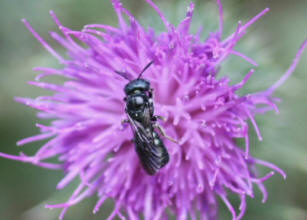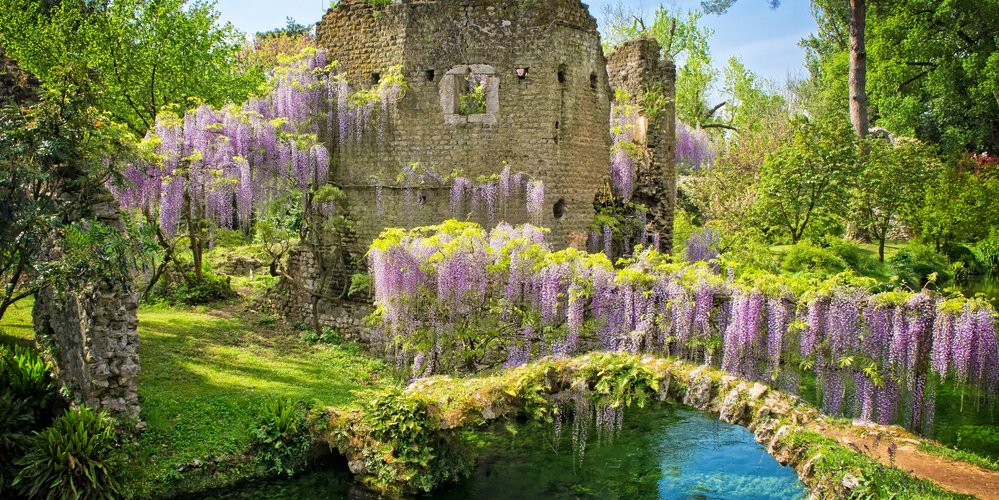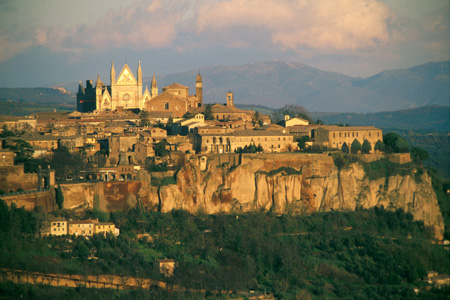How Italian Gardeners Use The Moon
Since
time began human beings have been fascinated and bewildered by the presence
of the ever changing ephemeral moon that has been a constant presence
and sensual mystery in the night sky. From when humans began cultivating
their own crops they noted the subtle yet important effect that the
moon had upon the germination, growth and crop production of those vital
crops.
The Moon is the Earth’s only natural satellite and it’s close orbit
around our planet has had an intimate relationship with human’s survival
on this planet throughout history. Few countries can claim a more intimate
respect for the moon’s cycles and effects than Italy. Being a sea-faring
nation, with it’s roots firmly placed in the Mediterranean, Italy has
had to utilize the moon in almost every stage of it’s development. The
high seas were conquered using the moon and stars as a chartable guide
for calculating direction, weather conditions and tides etc…
A nation that has always had a very
close link with crop production, wine making and fishing has always
had to optimize those pursuits by utilizing every means at it’s disposal.
The early
Greeks had a very close relationships with the stars and the Moon, being
so close to the Earth, it was soon noted as having a strong influence
on almost every aspect of human existence. From the emergence of a seedling,
the movements of the sea to human behavior and reproduction almost all
natural occurrences are controlled, influenced and almost dictated by
the moon’s cycle. The word menstruation is derived from the Latin word
mensis (month), which also relates to the ancient Greek word mene (moon)
and therefore also the origins of the English words month and moon.
Even to this day wine producers in Italy do not risk harvesting and
placing their precious product in barrels on any but a waning moon,
as they know that the wine would only curdle and be ruined if they ignored
this rule.
New evidence suggests that even rainfall is dictated by lunar cycles
and patterns of rainfall are affected by the moon’s presence, causing
warm, humid periods, which clearly have an impact on crop production
and quality of life: http://www.springerlink.com/content/y863434183201m87/
Studies are now also taking place regarding a link between the moon’s
cycles and volcanic eruptions: http://vulcan.wr.usgs.gov/Outreach/AboutVolcanoes/do_tides_affect_volcanoes.html
In your Italian garden the moon can make a huge impact on the quality
of shrub, tree and vegetable cultivation. Plants producing their seeds
externally (like lettuce, cabbage, spinach etc) planted at the time
of a new moon generally do far better than those planted on a waning
moon, as growth above ground appears to be stimulated by the presence
of the New Moon.
However it is generally considered better to plant root crops that
produce their seeds internally (tomatoes, peppers, beans etc) during
the second quarter (when the left side of the moon is illuminated).
Whereas plants that produce underground (root crops like carrots, beetroot
etc) generally do better if planted during a waning moon.
Every 28 days or so the moon completes it’s orbit around our planet
and, from the Greeks, Romans to the modern day Italian, it’s effects
have been noted for centuries. Isn’t it about time we responded to this
fact too?
By Jonathan Radford

